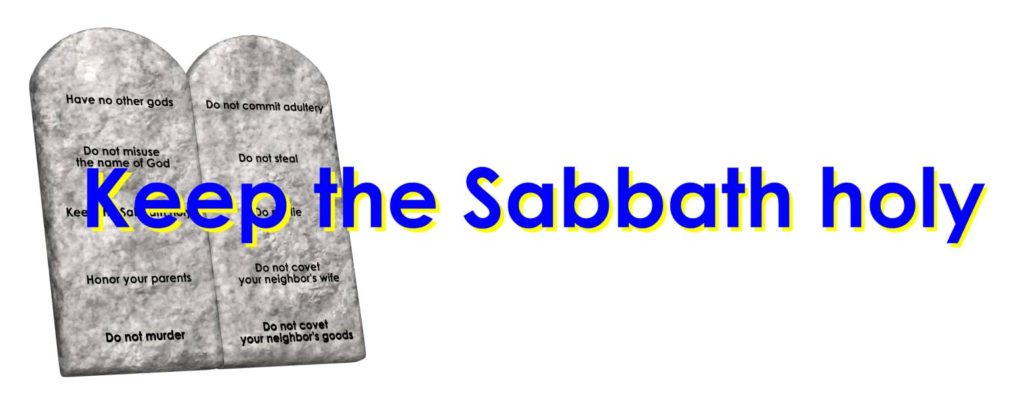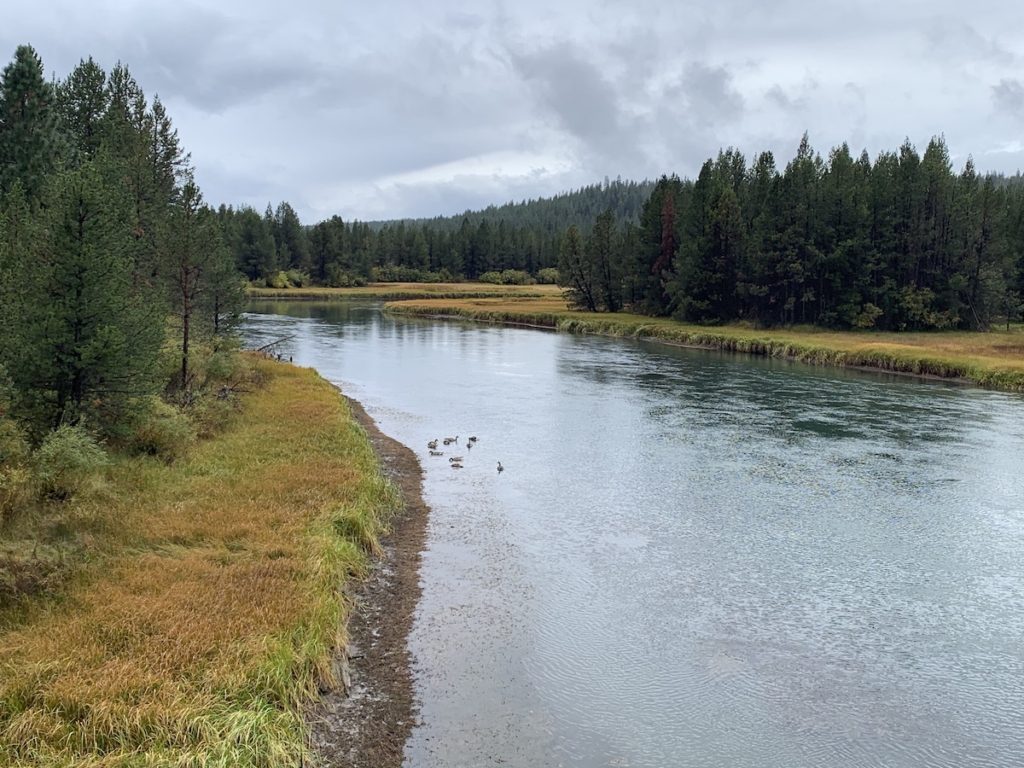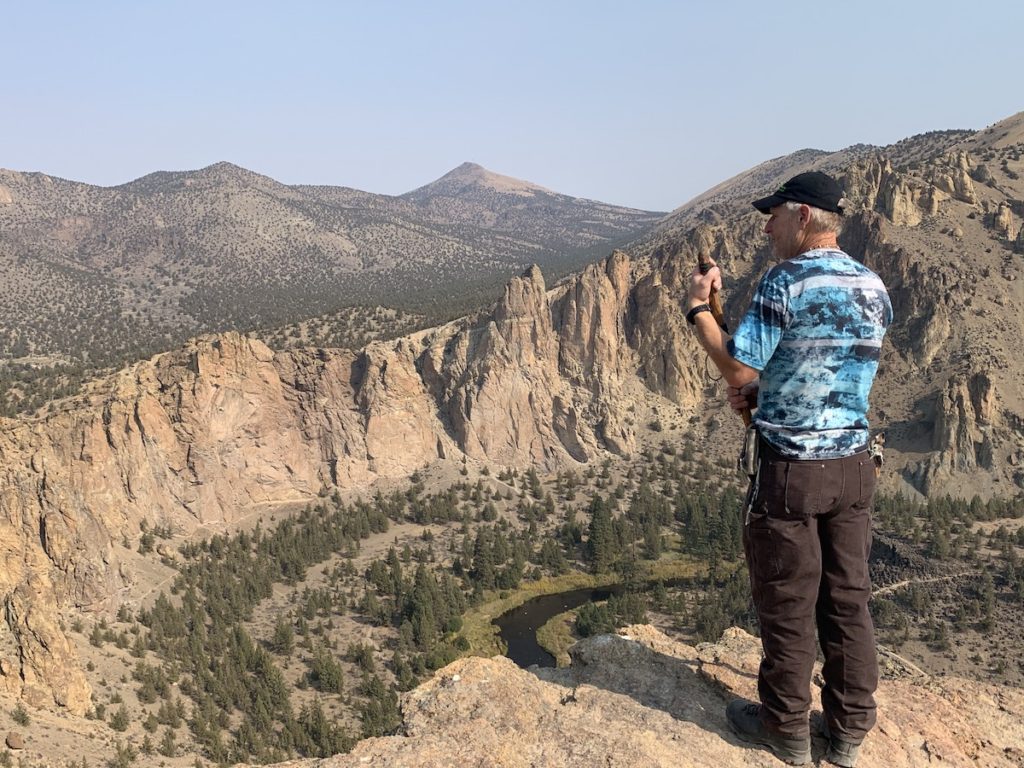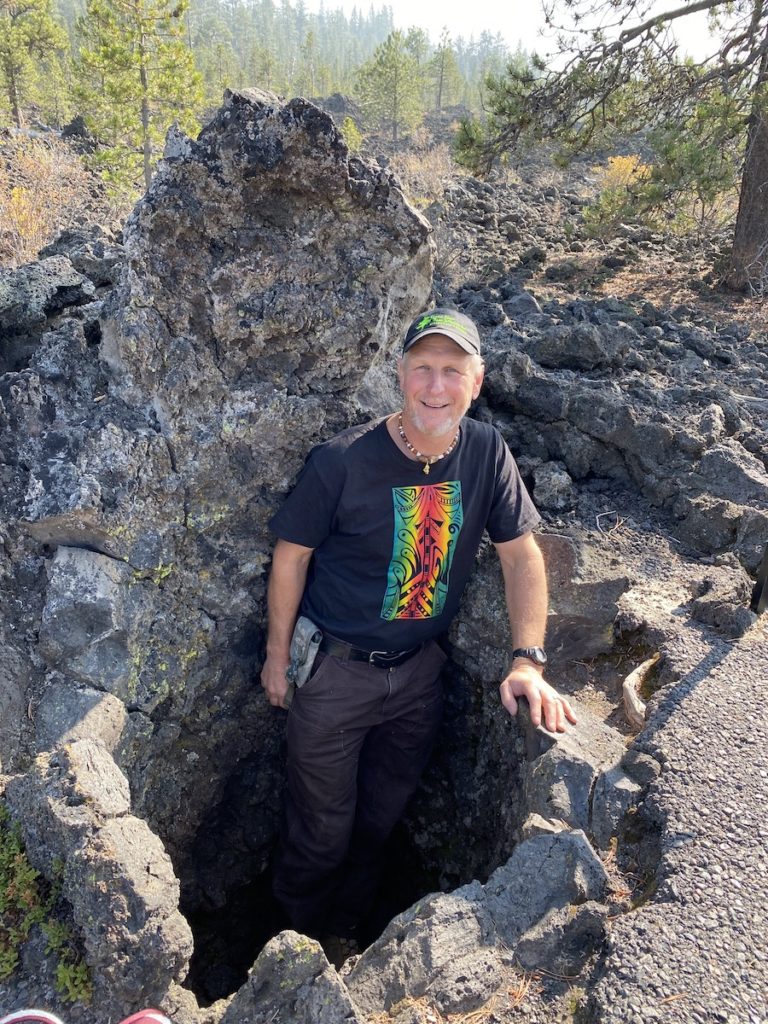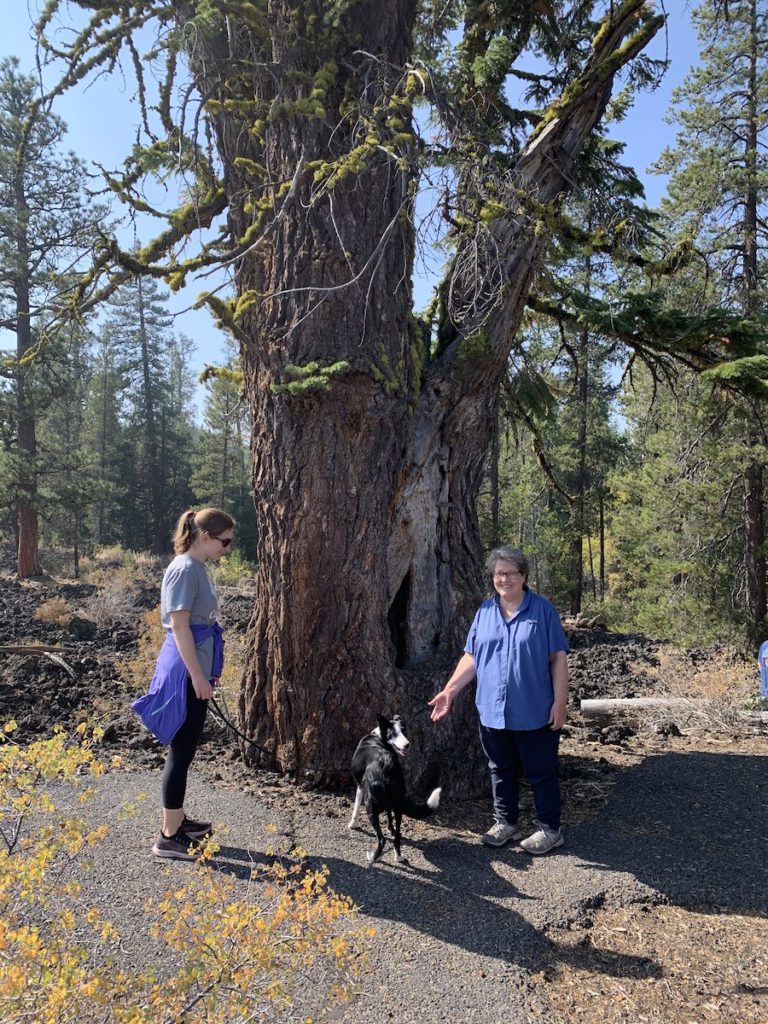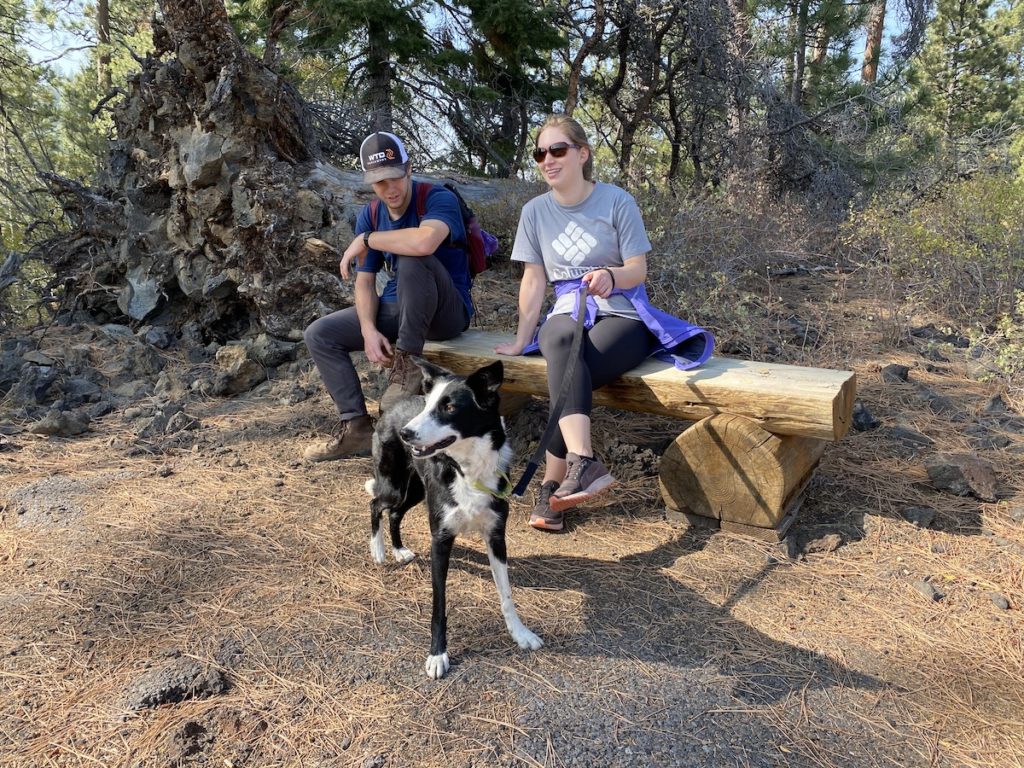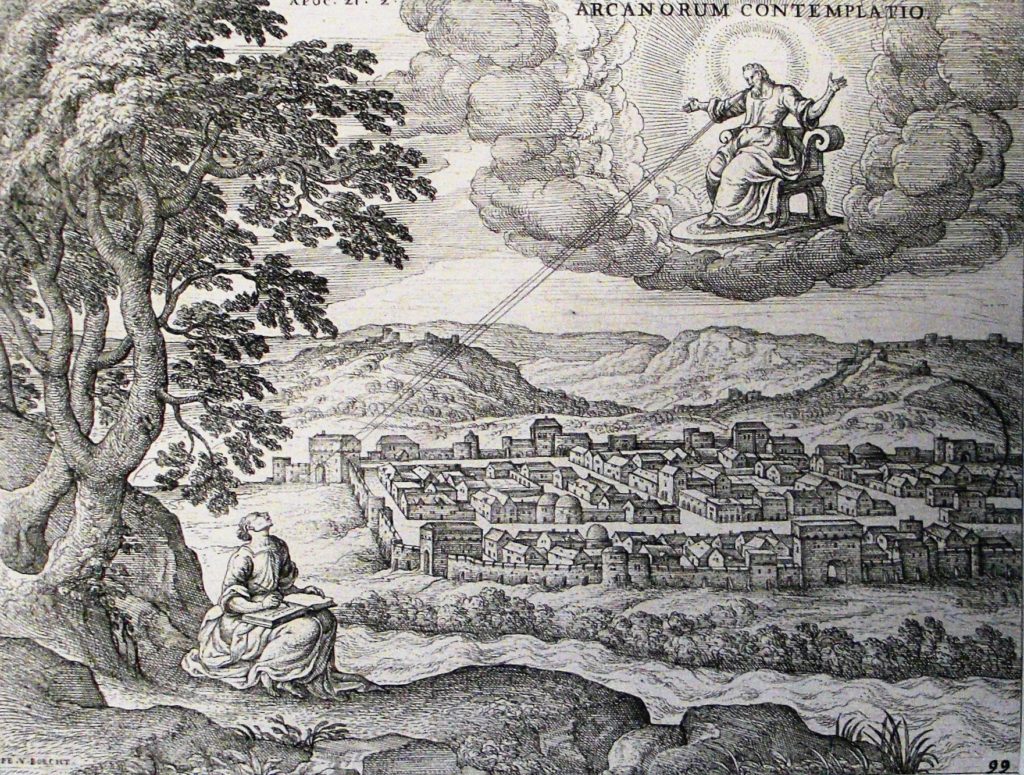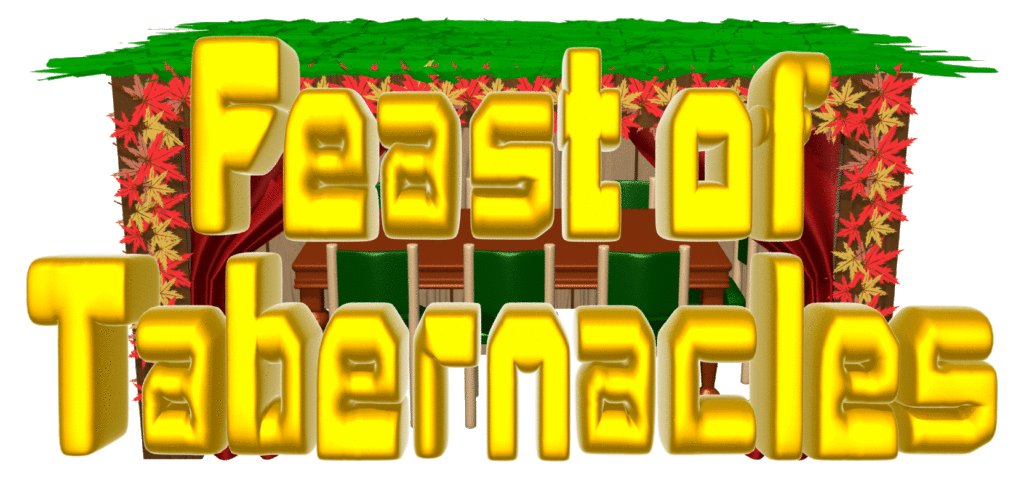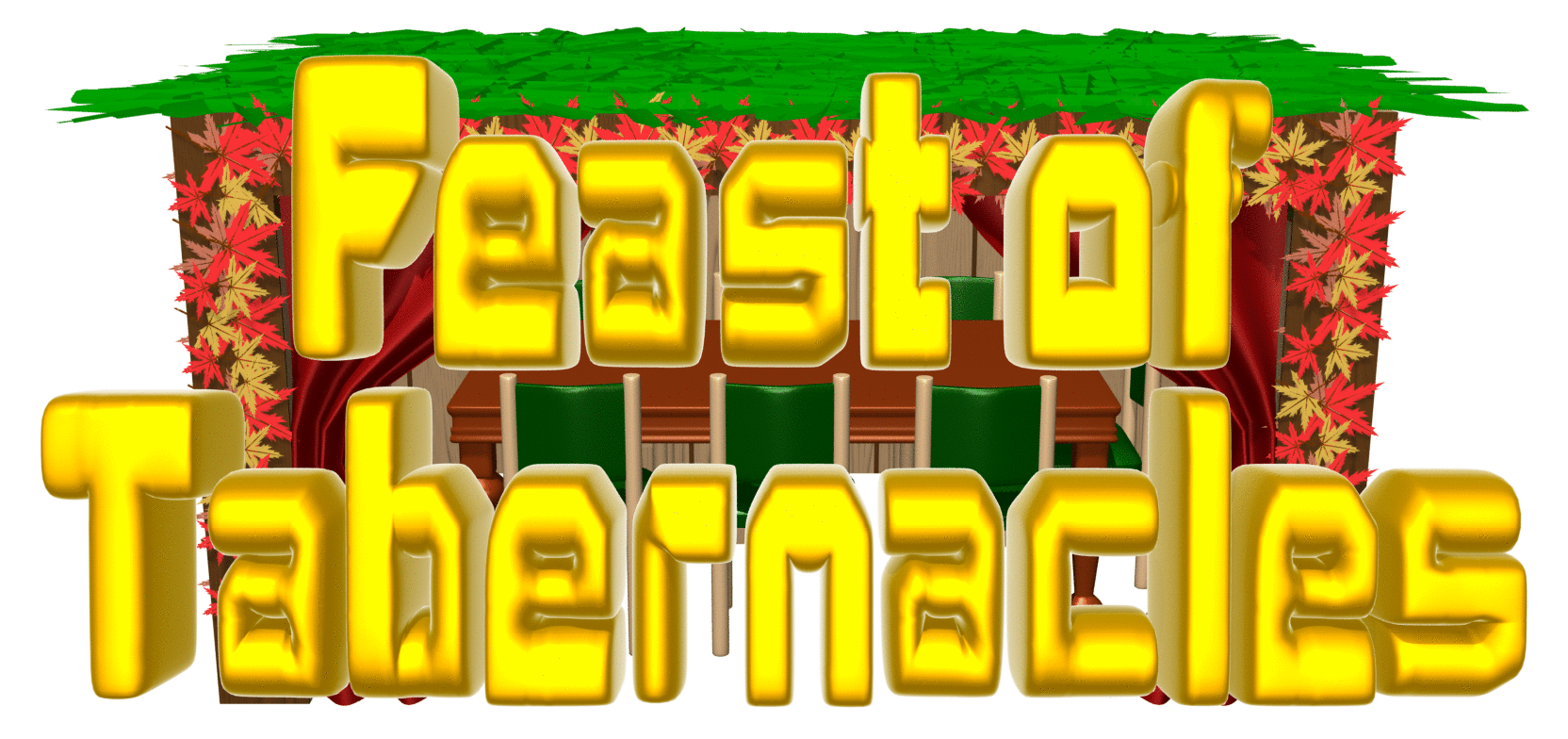
The spring biblical feasts are just around the corner. Passover and the Feast of Unleavened Bread are the first of seven biblical celebrations or festivals that lay out YHVH Elohim’s plan of salvation or redemption for humankind. Not only that, the Creator commands his people to observe them. Moreover, Yeshua and the New Testament disciples did, so why shouldn’t we?
The mainstream church has lied to us in several ways about YHVH’s feasts. First, they ARE NOT the Jewish feasts. The Jews did not invent them. Read your Bible! They came from the Creator, and he commanded all of his people to celebrate them—NOT just the Jews.
Second, they were not done away with at the cross. That is another lie that the church has brainwashed you to believe. The article below clearly proves this from Scripture.
Third, the church has pulled the wool over your eyes about YHVH’s feasts when it replaced them with its own invented Christo-pagan holidays. These are traditions of men that Yeshua warned us against by which YHVH’s Word has been made of none effect.
Folks, when are we going to wake up to the cold hard facts? The article below will help to unveil the hidden truth of the Scriptures and to expose the lies that we have inherited from our forefathers.
An Introduction to the Biblical Feasts
If you had to sum up the entire message of the Bible in one word what would it be? Probably words such as love, hope, salvation, eternal life or heaven are coming to your mind. But I challenge you to find a better word than the following: r-e-c-o-n-c-i-l-i-a-t-i-o-n. The dictionary defines reconciliation as “to restore to friendship or harmony, to settle or resolve a quarrel, to make consistent or congruous.”
When the first humans chose to listen to the lies of the serpent and to rebel against YHVH by giving in to sin at the tree of the knowledge of good and evil at the very beginning, our first parents chose the path of separation from their Heavenly Father. Sin causes man to be separated from our totally holy, righteous, sinless and loving Creator.
Since that time YHVH has been endeavoring to reconcile man to himself. He has laid out the criteria for this to occur—for man to once again have a loving and intimate relationship with his Heavenly Father as did Adam and Eve before they sinned.
The seven biblical feasts of YHVH (please note, the Bible calls them YHVH’s feasts, not men’s feasts, Lev 23:2, 4; Exod 31:13) prophetically represent the steps man must take to be reconciled to his Heavenly Father. They are the complete plan of salvation or redemption rolled up into an easy-to-understand seven-step plan. Though a child can understand these steps, the truths contained therein can, at the same time, be expanded and unfolded until one literally has rolled out before oneself the entire message of the Bible from Genesis to Revelation—a message that to the human comprehension is staggering, deep and rich beyond understanding. The biblical feasts are literally the skeletal structure upon which the truths of the entire Bible hang. The message of redemption, sanctification, salvation, the atonement, glorification, end-times eschatology, the history of Israel, the entire gospel message, the covenants, the marriage of the Lamb of Elohim, the truth about the bride of Messiah, and Yeshua the Messiah are all prefigured within the glorious spiritual container of YHVH’s feasts contained in seven steps. Seven is the biblical number of divine perfection and completion, thus revealing to us that his plan of salvation is complete in that it will bring man back into an eternal and spiritual relationship with Elohim.
Quite assuredly, without a deep, walking-it-out comprehension of YHVH’s feasts, no matter how learned one may be in biblical knowledge, one will miss key elemental truths pertaining to YHVH’s plan of salvation. For example, there is no way to correctly or fully understand end-time events such as the second coming of Yeshua, the great tribulation, the wrath of Elohim, the resurrection of the righteous, the marriage of the Lamb, the Millennium, or the New Jerusalem unless one understands the feasts from a deep Hebraic perspective. Spiritual pride may not allow one to handle this fact, but it is the truth none the less! It’s illogical to think that one can throw out the foundation of a building and expect it to stand, or to eliminate the skeleton from a human body and expect a person to stand upright. Similarly, the feasts are both the foundation and the skeletal framework upon which is built or hangs the whole corpus of biblical truth.
What’s more, at Mount Sinai, YHVH gave to his people Israel the Ten Commandments. These words from the mouth of the Creator himself literally formed the foundation and cornerstone to the rest of the Torah’s (the 5 books of Moses) 613 commandments, which YHVH gave to man through Moses. The Jewish sages have understood this for thousands of years. From the Ten Commandments, all the rest of the commandments can be extrapolated. For example, the prohibition against adultery includes not only marital infidelity, but all manner of sexual sin, for the cornerstone of sexual holiness is a righteous and undefiled marital union. The same can be said of all the other commands. Similarly, from the Sabbath command springs forth all the biblical feasts, for they too are sabbaths. From the fourth commandment also comes the land sabbath and jubilee years. These sabbaths were so vital in YHVH’s eyes and so fundamental to his relationship with his people that he said that they would be a token of his wedding agreement with Israel, even as a ring is a symbol of a modern marriage covenant. About the Sabbath, we read the following in Exodus 31:13,
Speak thou also unto the children of Israel, saying, Verily my Sabbaths ye shall keep: for it is a sign between me and you throughout your generations; that ye may know that I am YHVH that doth sanctify you.
Please note that the word Sabbaths is plural. This refers not only to the weekly or seventh day Sabbath, but to all the Sabbaths of YHVH, including the biblical feasts. These days are so important that they would actually form the basis for his reconciliatory relationship with his people throughout their generations, which means forever!
Continue reading

